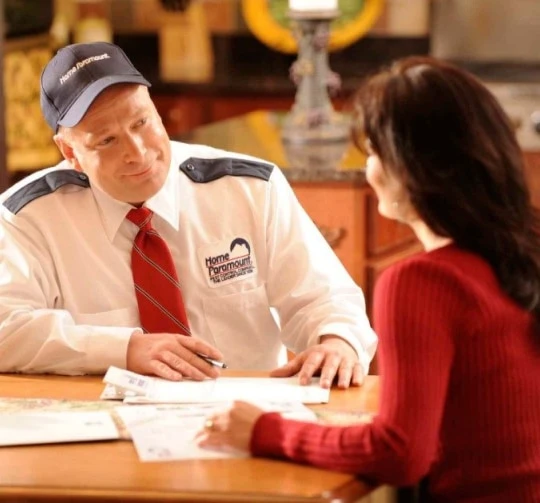What’s the Deal with Yellow Jackets?
Nearly everyone is familiar with yellow jackets – those nasty, yellow and black wasps that will chase you away from the perfect picnic spot. But what do we truly know about these insects? Let’s take a look at the yellow jacket – but from a safe distance!
The term “yellow jacket” is actually vague, as it includes a number of different species, such as the bald-faced hornet and the Eastern yellow jacket. To make things easy, we will divide them into yellow jackets that build their nests in cavities, such as underground burrows or wall voids, and yellow jackets that build their nests in the open, such as on a tree branch or the eave of a building. Regardless of where they build their nests, some things are similar between the two:
- Wasps go through complete metamorphosis, this means they have four life stages: egg, larva, pupa, and adult
- Don’t go looking for the young, they stay safe inside the nest!
- They tend to be yellow and black or white and black
- They have a thin “waist” that connects their thorax and abdomen
- Nests are built out of paper (fibers of wood mixed with saliva)
- Nests are built vertically, in sections, with an entrance at the bottom
- Females have a barbless stinger – this means they can sting multiple times, unlike honeybees
- Some species will even bite as well to add an extra punch!
- They are aggressive when disturbed
- This aggression grows with the season as the colony grows and food becomes more scarce
- Colonies are annual
- This means all the wasps, save for the queen, die in the winter and start anew each year
- The queen actually overwinters as an adult after mating with a drone, you may find her keeping warm under the bark of a fallen log
- In warmer climates, such as southern California or Florida, these wasps can actually survive and live several years, growing quite large
- This means all the wasps, save for the queen, die in the winter and start anew each year
- Wasps are carnivorous, they prefer to eat other insects
Some of you may be wondering “if yellow jackets need wood for making their nests and prefer to eat insects, why are they all around my garden?” Similar to the honeybee, yellow jackets also enjoy plant nectar, they will also indulge on rotting or fermenting fruits and carrion. But they also display another interesting behavior, similar to their ant relatives. Plants infested with aphids, scale bugs, or other similar pests attract the attention of wasps, ants, and other insects due to their ability to produce a sweet sugar called honeydew. Yellow jackets will seek out these bugs, where you may find them walking along a plant stem, licking off these sugary secretions. Proper lawn and ornamental care can help reduce these honeydew producing bugs, reducing the amount of yellow jackets in your garden.
Yellow jackets can be beneficial, hunting other pests like flies, but their aggression and ability to build inside a structure makes them undesirable and potentially dangerous to have around. If you think you have a yellow jacket problem or pest issue, don’t hesitate to call your local Home Paramount office and schedule a free inspection today! Our trained inspectors will help find the source of your issue and make quality recommendations to help control your problem!


Why Choose Us?
Providing Reliable Pest & Wildlife Solutions Since 1939
At Home Paramount Pest Control, we have been dedicated to delivering reliable pest and wildlife management solutions for over 80 years. Our long-standing presence in the industry speaks volumes about our commitment to excellence and customer satisfaction. When you trust our team, you can always count on:
- Customized solutions to suit your specific needs
- Same-day service availability for pest infestation emergencies
- High-quality green products that are safe for the environment
- Complimentary pest inspections
- Affordable financing solutions tailored to your budget
Call us at 888-888-4663 to get started with a free pest inspection for your property today!
Learn More

